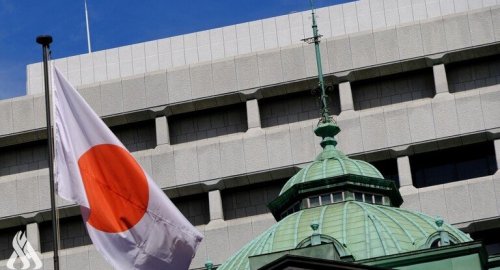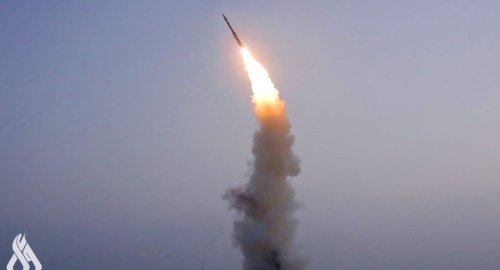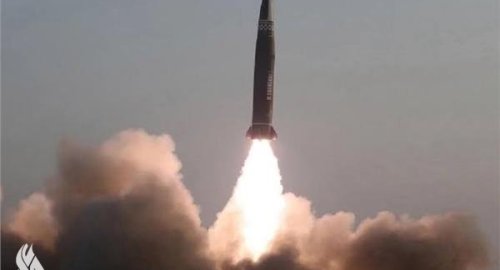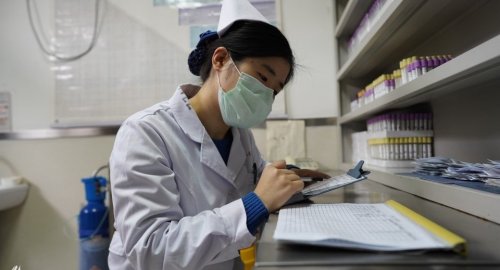
Japan calls China unprecedented strategic challenge in new security policy

- 16-12-2022, 13:00
INA-sources
Japan will describe China as an “unprecedented strategic challenge” in a new national security policy set to be approved as early this week, according to a draft seen by Bloomberg.
The new strategy, expected to get the green light from Prime Minister Fumio Kishida’s cabinet Friday, also lays out plans for Japan to obtain longer-range missiles — including developing its own hypersonic weapons — as part of a radical upgrade of its defense capabilities. Kishida is set to give a news conference in Tokyo focusing on the changes at 6 p.m.
The shift was triggered by Russia’s invasion of Ukraine, tensions over Taiwan that included Chinese missiles lobbed into waters close to Japanese islands earlier this year, and North Korea stepping up its missile launches.
Japan treads carefully when it comes to the language it uses in describing the security concerns posed by its biggest trading partner China, though it has used the word “threat”’ in Defense Ministry documents in regard to the likes of North Korea.
Referring to a “remarkable” build-up of missile capability in the region, the government says in the document it is becoming difficult to deal with the situation simply by strengthening the country’s existing missile defense network.
The revisions to three documents governing Japan’s security and defense strategy call for acquiring “counter-strike capability” that would enable it to target an enemy’s military facilities, in a turning point for a country bound by a pacifist constitution since 1947.
The government plans to buy Lockheed Martin Corp.’s Tomahawk missiles for that purpose, according to the documents. The missile has a range of more than 1,250 kilometers (780 miles), meaning it could be used to hit naval bases on the east coasts of China and Russia.
Japan also intends to obtain sufficient supplies of missiles, including those made on its own, over the coming decade with ranges long enough to strike military assets in its three nuclear-armed neighbors that have been a focus of Tokyo’s concerns.
With its new strategy in place, the government is also considering revising the defense guidelines governing its military cooperation with its only formal treaty ally, the US, according to Kyodo News, which cited government sources. Kishida may raise the issue during a visit to the US the government is seeking to organize for next month, the agency said.
Japan will retain its “exclusively defensive” posture as well as its ban on nuclear weapons, according to the documents.
Nevertheless, China has made clear to Japan its objections to the wording in the new documents, saying Beijing was committed to maintaining peace and stability.
“The Japanese side ignores facts,” Chinese Foreign Ministry Spokesperson Wang Wenbin told a Wednesday news conference. “Hyping up the ‘China threat’ to find an excuse for its military build-up is doomed to fail.”
Kishida has already announced plans to increase defense spending by about 60% to ¥43 trillion ($315 billion) over the next five years. Following wrangling over how to fund the move, his ruling Liberal Democratic Party is set to agree on a plan to raise taxes, Kyodo News said, but will avoid setting a date for a move likely to be unpopular with the public.
By comparison, South Korea’s government plans to increase its defense spending to more than 70 trillion won ($53 billion) annually by 2026. China allocated an estimated $293 billion to its military in 2021, according to the Stockholm International Peace Research Institute.
Rules governing the transfer of defense equipment will also be reviewed under the strategy, as Japan launches a three-way project with the UK and Italy to develop a next-generation stealth fighter jet and seeks to support its domestic defense industry.
Source: Business Standard
Presidencies hold meeting at Baghdad Palace
- politics
- 06:59
WHO: Increase in flu cases in China within expected range
- International
- 06:27
Turkish FM reveals international consensus on 4 items related to Syria
- International
- 05:49
Central London evacuated after bomb threat
- International
- 05:46
- Sport
- 25/01/02












